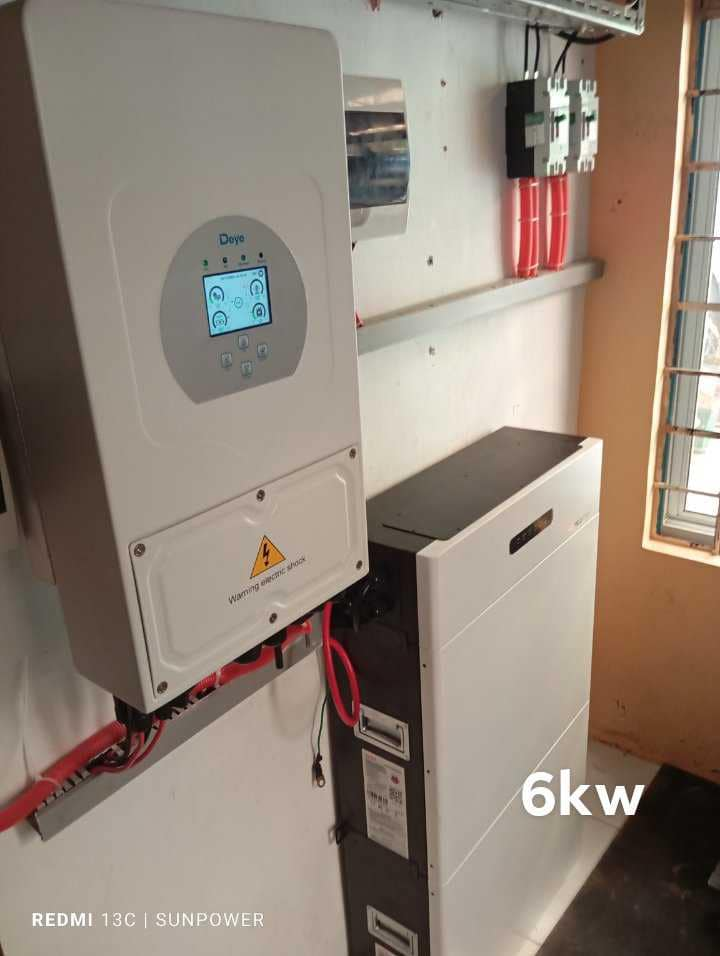Explore Energy Future:
Our 24KW photovoltaic energy storage system features two Deye 12KW 3-phase hybrid inverters, combined using parallel technology for an efficient energy management solution. Designed to meet the growing energy needs of residential and commercial settings, it ensures a stable and reliable power supply.
In terms of battery configuration, our system utilizes MENRED ESS’s LFP.6144.G3 batteries, renowned for their high energy efficiency and durability. The system integrates two sets of these batteries, each with a capacity of 18.43kWh, enhancing storage capacity and system stability through parallel connection. This setup not only improves the overall energy efficiency of the system but also ensures superior performance in various applications.
The MENRED ESS photovoltaic energy storage system is designed for users seeking efficient energy management and a sustainable lifestyle. Suitable for both homes and businesses, the system provides a high level of energy self-sufficiency, reducing reliance on traditional power grids.
Project address:
Baolong Mansion, Pudong, China, 201306
Configuration List:
- Longi 570W Monosilicon Solar Panels x 44, Total 25kWp
- Deye 12kW 3-Phase Hybrid Inverters x 2, Total 24KW deye 12kw hybrid inverter manual dowload
- MENRED ESS 18.43kWh LiFePO4 Batteries x 2, Total 36.86kWh
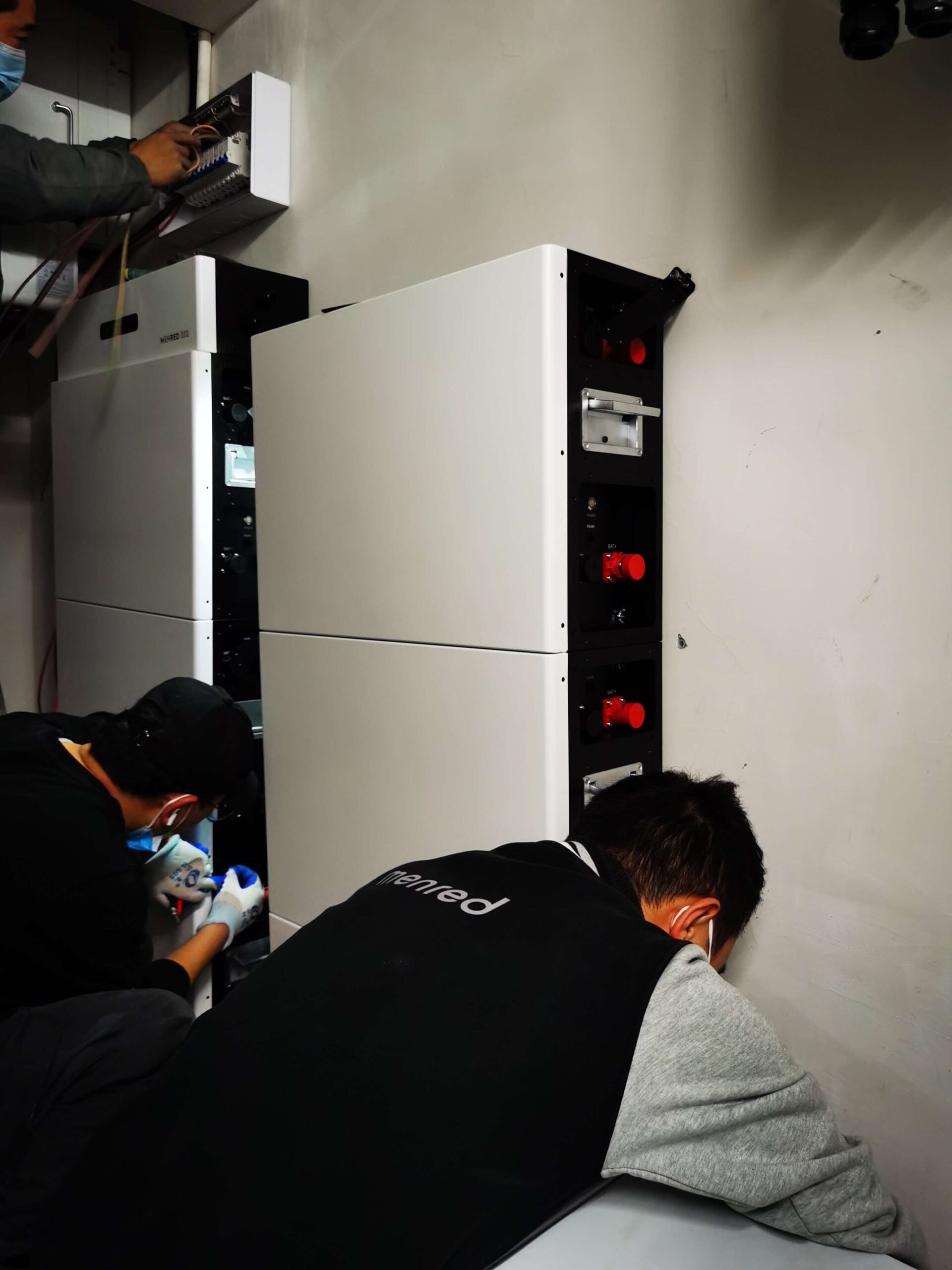
MENRED ESS’s LiFePO4 batteries are officially recommended for use with Deye inverters, ensuring seamless compatibility with Deye’s hybrid inverters. The system is ideally installed in basements, with Deye inverters wall-mounted and MENRED ESS batteries positioned against the wall. These batteries are notably compact, measuring just 210mm in depth, 600mm in width, and 1470mm in height, significantly saving space. The entire system employs a fanless, natural cooling approach, operating virtually noise-free, thus providing users with a quiet and comfortable experience.
How many panels can be connected to a 12kW deye inverter?
In this project, we utilized Longi’s 570W solar panels, which have an open-circuit voltage of 43.76V. The installation divides 44 solar panels into two groups of 22 panels each. Considering the Deye SUN-12K-SG01HP3-EU-AM2 MPPT inverter operates within a voltage range of 200Vdc to 850Vdc, directly connecting 22 panels in series would result in a voltage of 962.72Vdc, exceeding the inverter’s limit. Hence, we opted for an 11 series 2 parallel (11S2P) configuration, reducing the voltage per group to 481.36Vdc. This configuration aligns perfectly with the inverter’s PV operating voltage requirements, ensuring the system’s safety and efficiency.
During the installation process, the configuration of the Deye 12kw 3-phase hybrid inverters is as follows: Module A serves as the master, while Module B functions as the slave. A similar setup is adopted for the MENRED ESS LFP.6144.G3 batteries, with Battery C as the master and Battery D as the slave. Batteries C and D are paralleled and connected via CAN bus for data communication. Additionally, Battery C communicates with Inverter A via CAN bus, while Inverters A and B are paralleled and interconnected through the CAN bus. The positive and negative terminals of Battery C are connected to Inverter A, and those of Battery D to Inverter B, completing the installation. It’s crucial to maintain identical lengths for all connecting cables to ensure system balance and uniform current flow between Batteries C and D, which is vital for the system’s stable operation.
MENRED ESS’s LFP.6144.G3 is composed of three parallel-connected LFP.6144.G batteries, totaling a capacity of 18.2kWh. It supports a high charge and discharge rate of 360Amp (1C), which stands as a significant feature of the MENRED ESS battery series. Contrasting many batteries in the market that only support 0.5C charge/discharge, the LFP.6144.G3 can directly accommodate inverters up to 18KW. This implies that if a battery only supports 0.5C, a minimum of 24kWh capacity would be required to support a 12KW inverter.
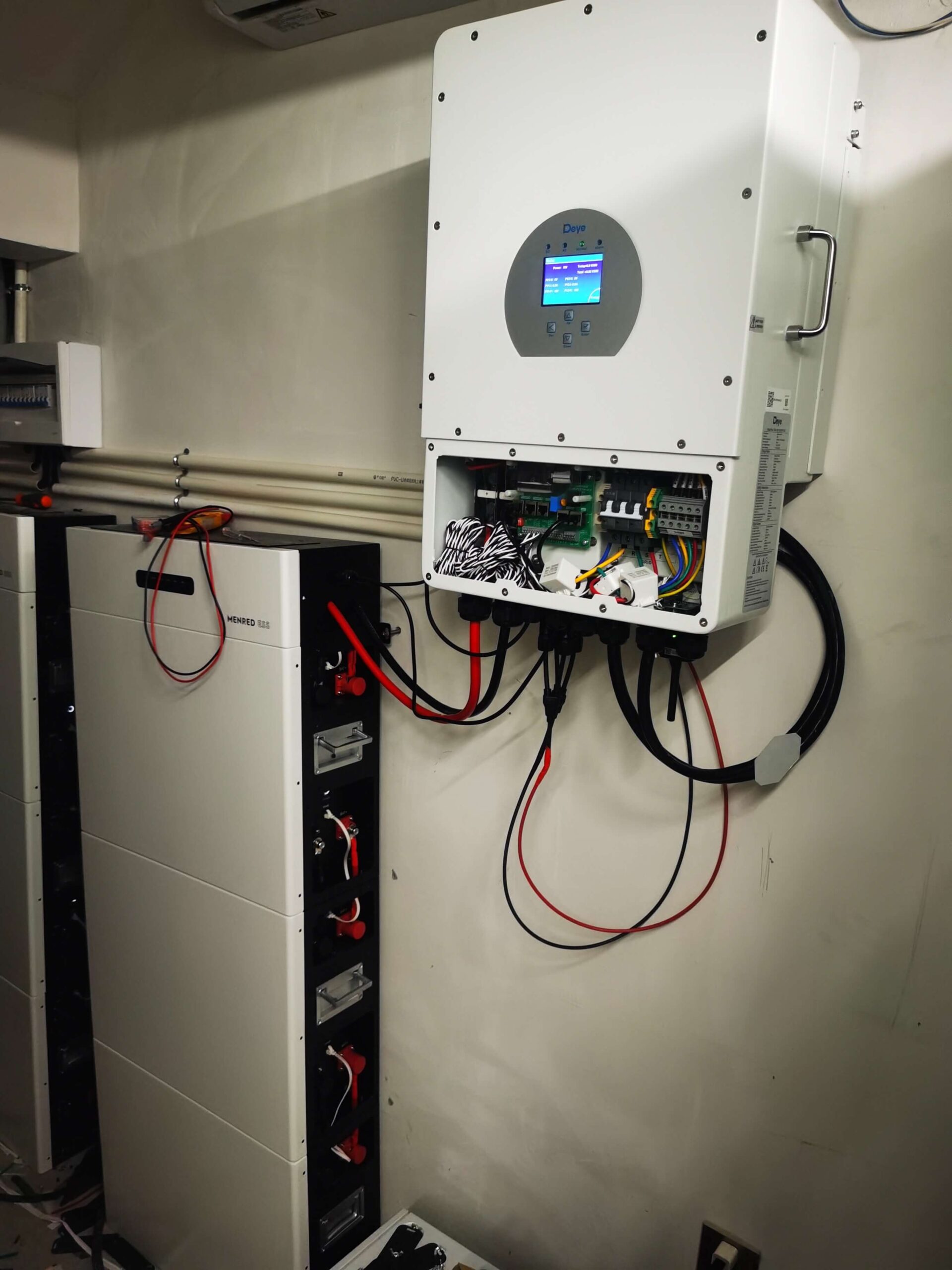
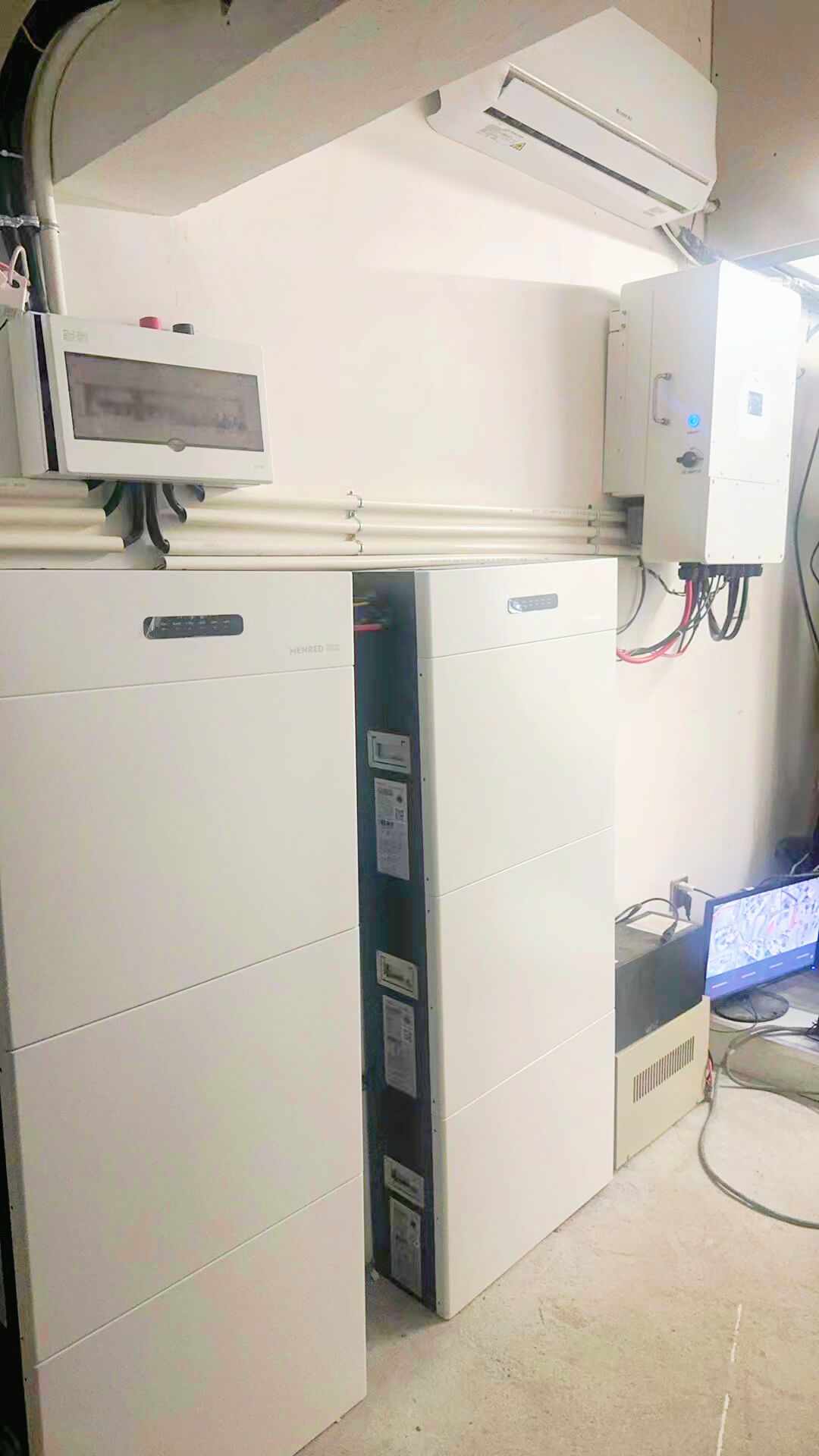
During the installation process, we ensure multiple layers of safety. Circuit breakers and surge protectors are installed at the PV input of the photovoltaic system. For easy maintenance, a DC isolator is placed between the battery and the inverter, and both utility power input and inverter output are equipped with protective boxes. Deye inverters support CT anti-reverse devices to prevent unauthorized grid-tie of solar power. Importantly, if a user has obtained grid-tie permission and wishes to feed surplus electricity into the grid, the installation of a CT device is not necessary.
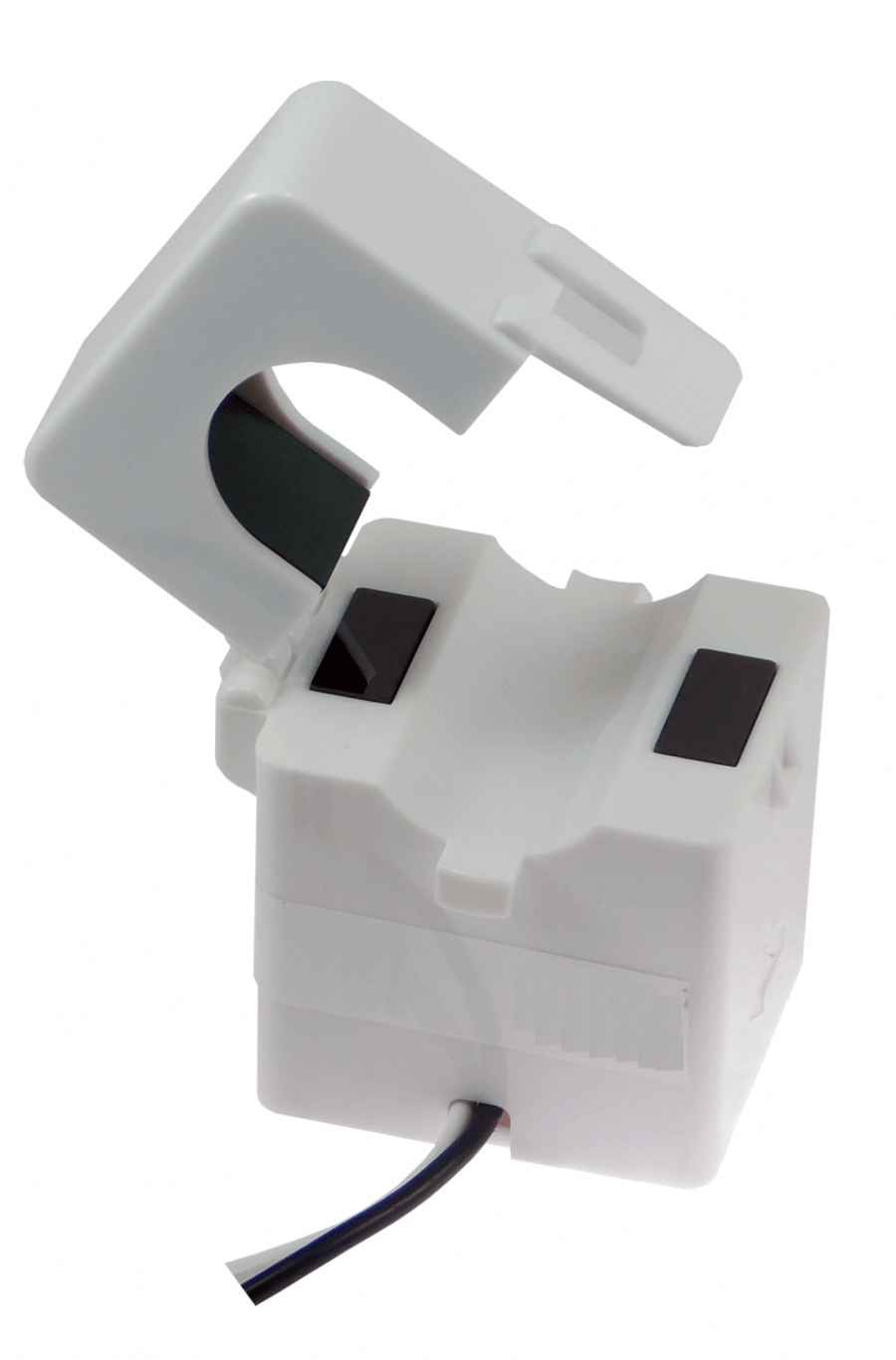
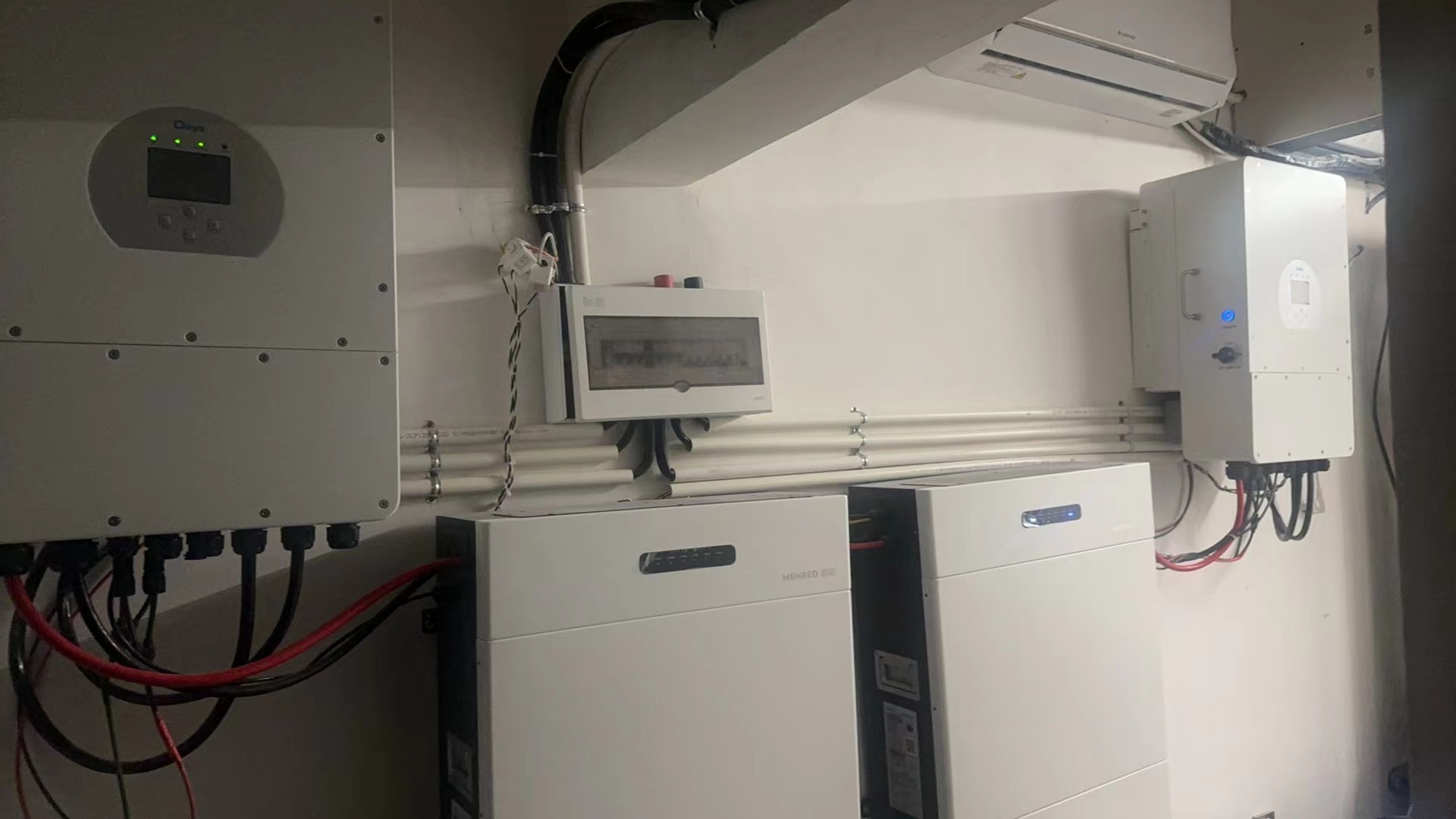
Located in Shanghai, China, this system leverages the local average of 4.09 hours of daily sunlight and 1179.35 effective annual hours. With a 25kWp solar array, it’s projected to generate approximately 29,483 kWh annually. This translates to about 80 kWh per day, sufficient to power household appliances, elevators, aquariums, lighting, and HVAC systems, significantly reducing reliance on grid electricity. During periods without sunlight, the system employs a peak shaving and valley filling strategy, storing cheaper electricity at night for use during the day, enhancing energy efficiency. The operation of this system fully complies with the “Near-Zero Energy Building Technical Standards,” providing users with an efficient and sustainable energy solution.

